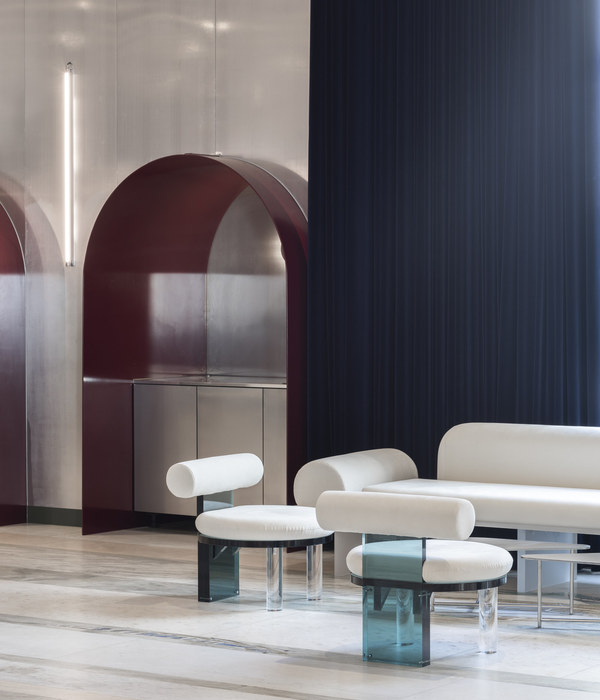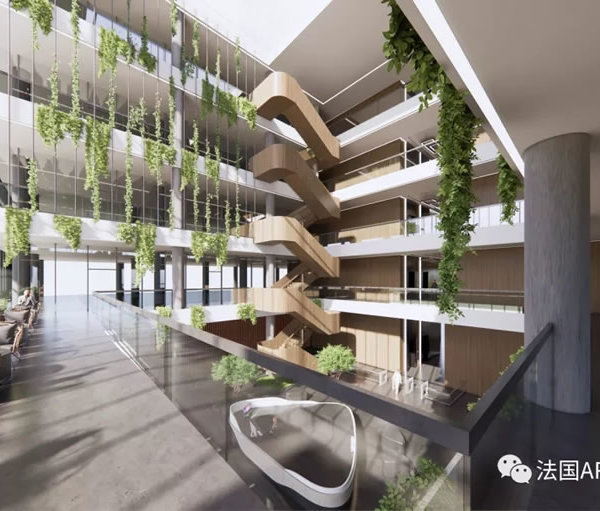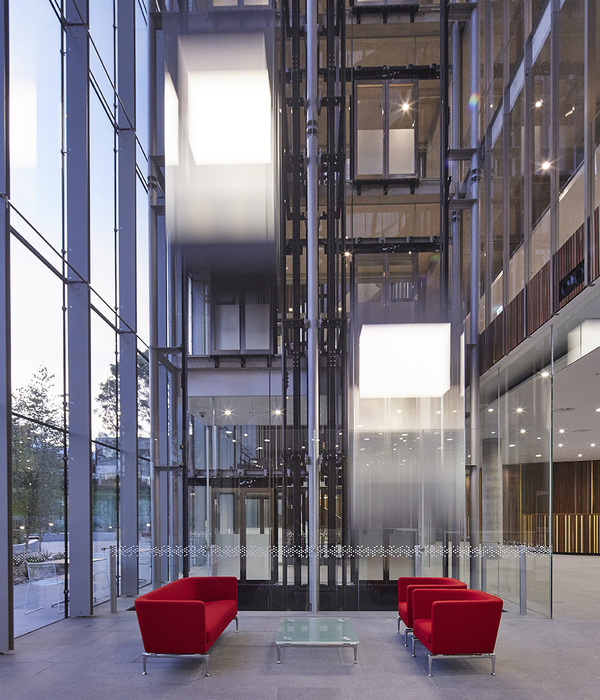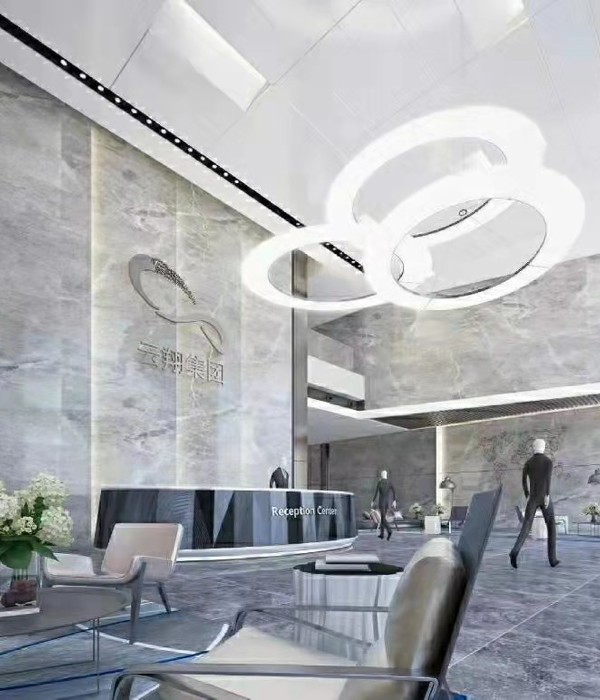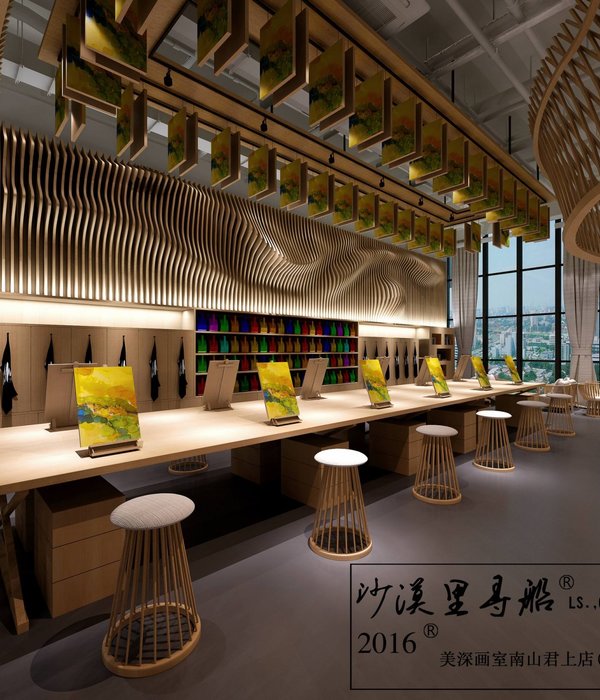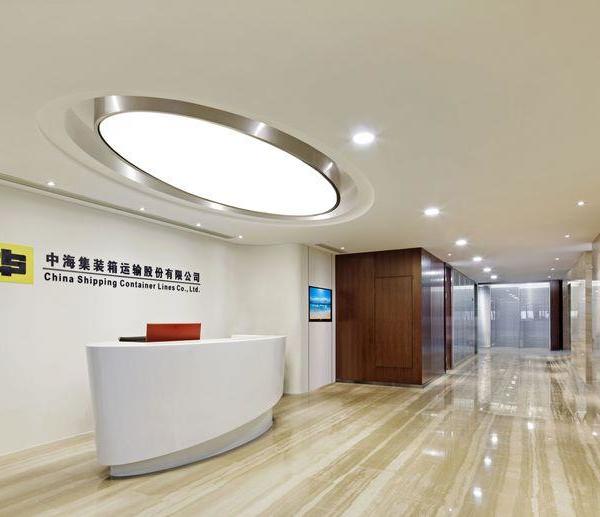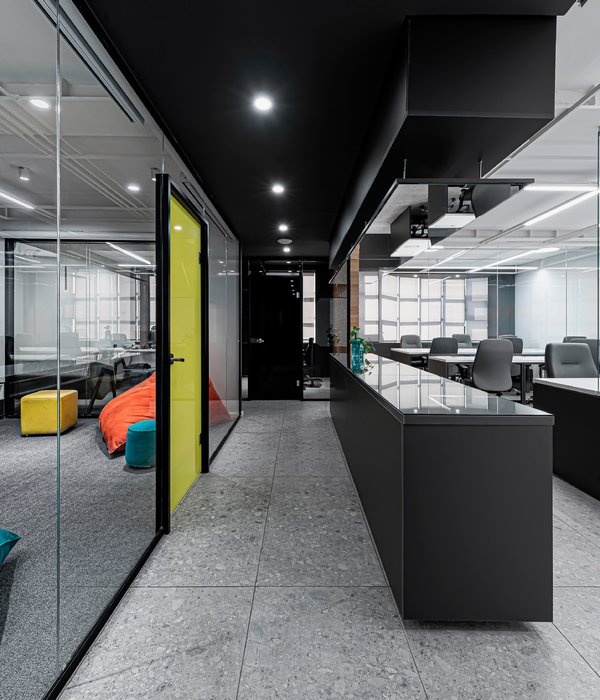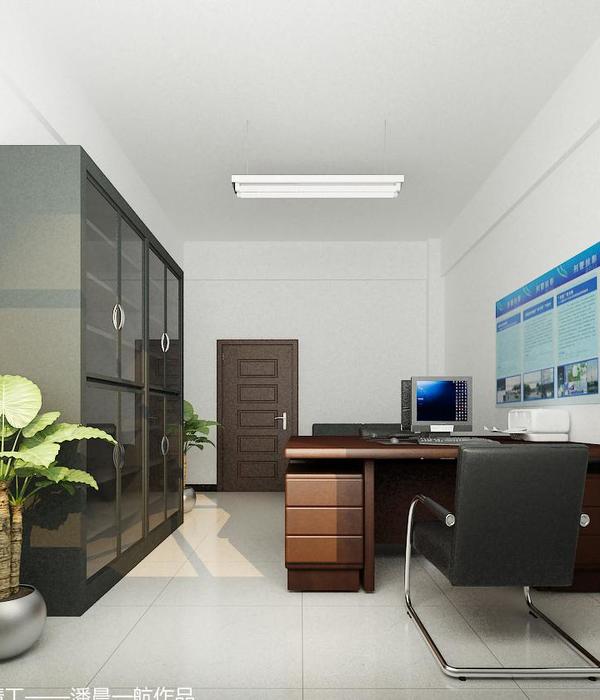放眼全球,中国可能会成为未来工作模式的风向标。随着中国成功走出新冠疫情阴霾,人们已纷纷重返办公室工作,这一过程凸显了移动性、协作性和自主性的重要性。在中国,员工的灵活性和移动性很高——虽然办公室是主要办公场所,但在每周的工作日内,他们依然会花很多时间在协作办公地点、其它办公地点、客户办公地点或家中办公。虽然仅有十分之一的员工表示他们全部时间都在办公室办公,但办公室仍然是员工开展工作的主要场所。一周内部分上班时间在其它工作地点度过的模式,使员工能够针对其每天的不同的工作内容安排在最合适的工作环境。
On the international stage, China may be the bellwether for the future of work. As China has accomplished an unrivaled return to the return to the office, they are also demonstrating the importance of mobility, collaboration, and autonomy. Workers in China are highly mobile–the office is the anchor, but they also spend a significant portion of their workweek at coworking sites, alternative office locations, client sites, and working from home. While only 1 in 10 workers say they are full time at the office, the office is still the primary place that employees work. By including other work locations into their typical workweek, office workers are better able to match the optimal environment to the work they need to do each day.
▼典型的工作周内,上班族开展工作的各类场所 © Gensler Where workers are spending their time during a typical work-week
中国大部分员工都青睐于混合办公模式。不到1%的员工采用全时远程办公模式,但约16%的员工表示他们会选择这种办公工作方式,这表明员工在开展移动性工作时需要更大的自主权。事实已经证明,对许多员工来说,混合办公模式是最佳办公模式。虽然它并不适用于所有员工,但相对于其他办公模式,采取混合办公模式的员工更倾向于认为这种办公模式有助提高工作效率、工作满意度、个人创造力和其他关键绩效指标。
The majority of workers in China prefer a hybrid model of working. Fewer than 1% of workers are working remotely full time, but about 16% of workers say they would choose that work scenario, indicating that workers are asking for even more autonomy in their options for mobile work. The hybrid model is already proving to be the optimal work scenario for many employees. While there is no universal situation for all workers, those in a hybrid model are the most likely to say that their work scenario has had a positive impact on productivity, job satisfaction, personal creativity, and other key performance indicators.
▼五分之四的员工青睐于混合办公模式,4 out of 5 employees prefer a hybrid work model © Gensler
▼那些已经采取混合办公模式的员工表示混合办公模式可对其工作效率、工作满意度和创造力带来积极影响 © Gensler Those already in a hybrid work model report positive benefits to productivity, job satisfaction, and creativity.
虽然美国、英国和澳大利亚约一半的办公室职员在家办公的时间依然较长,但在中国,员工已经重返办公室,并且企业在办公方面赋予了员工更多的选择权、自主权以及移动权,员工可采用多种办公模式开展工作。采取混合办公模式的员工既可以利用办公室资源并实现协作办公,也可以灵活地在其他地点办公。在全球其他地区的公司仍实施远程办公政策,其员工仍采取居家办公模式。但是在新冠疫情结束之后,随着限制措施被解除,我们预计大多数员工将选择混合办公模式。从规模上看,这种办公模式已经成功地适用于中国的所有上班族。
While about half of office workers in the U.S., UK, and Australia are still spending the majority of their workweek at home, China has brought workers back to the office, adopting a versatile work dynamic of choice, autonomy, and mobility. Those in a hybrid work model achieve the benefits of both resources and collaboration at the office and the flexibility that comes with the ability to work in other locations. Employees in other global regions are still working from home because of their company’s remote work policies. But as restrictions lift in a post-pandemic world, we expect that most workers will choose a hybrid work model. At scale, this work scenario has already been successfully employed throughout the Chinese workforce.
▼相较于其他国家,中国已经采取了远程办公模式 © Gensler Compared to other countries China is already working in a remote work model
▼中国79%的办公室职员倾向于混合办公模式,79% of office workers in China prefer a hybrid work model © Gensler
员工对于在办公室开展工作的需求因其职务性质而异。对于职位较高的员工来说,他们的工作在很大程度上依赖于面对面协作以及特定办公空间。但矛盾之处在于,高级领导层更倾向于采用混合办公模式。就远程办公模式而言,高级领导层可能会认为远程办公是一种特权,这会在团队成员之间营造一种紧张的氛围。远程办公可能对团队成员之间的协作能力和沟通能力有更高要求,但采用混合办公模式的优势则是显而易见的——有利于提升工作效率、工作满意度、创造力和其他关键绩效驱动因素。
Needs for the office vary by the nature of worker roles. Those in more senior-level positions are significantly more likely to say their jobs rely heavily on both in-person collaboration and on specific spaces in the workplace. Contradictorily, senior leaders are most likely to be working in a hybrid model. Senior leader’s perceptions toward remote work may be driven by the belief that remote work is a privilege and creates tension among team mebers. Remote work may require higher coordination and communication among team members, but the benefits of adopting a hybrid work model are clear—for productivity, job satisfaction, creativity, and other key drivers of performance.
▼工作依赖于面对面协作的员工最倾向于回归办公室 © Gensler Workers who say their jobs are reliant on in-person collaboration are most likely to want to return to the office
▼高级领导层倾向于认为远程办公是一种特权,并且会在团队成员之间营造一种紧张的氛围 © Gensler Senior leaders are more likely to believe working remotely is a privilege and can be a source of tension among team members
员工们希望在一周的工作日内,大部分时间都能在办公室开展工作,但他们仍希望办公环境能有所改善。三分之一的员工表示,他们的办公空间过于拥挤,容易让人分心,一些员工则表示,很难找到能够使人专注工作的空间或较为私密的空间。某些情况下,家庭环境比办公空间更有利于开展工作。最佳办公空间应能够支持所有工作行为,并且员工需要能够更好地平衡专心办公和协作办公的办公空间。有趣的是,高级领导层更倾向于认为他们的办公空间过于拥挤,容易让人分心。另一方面,普通员工更倾向于表示,他们在需要的时候找不到较为私密的办公空间。员工所处的职位不同,对办公空间的需求也会有所不同。
Employees want to spend most of their workweek at the office—but they still have improvements in mind. One in three workers report that their workspace feels overcrowded and distracting, and some workers say finding space for focus work or privacy is difficult. In some cases, home environments are better at supporting work behaviors than the workplace. The best workplaces offer spaces that support all work behaviors, and employees are asking for their workplaces to support a better balance of spaces to focus and to collaborate. Interestingly, senior leaders are more likely to say that their workplaces are overcrowded and distracting. On the other hand, junior team members are more likely to say they are unable to find privacy or private rooms when needed. Job roles are related to different demands of the workplace.
▼尽管在办公室办公的员工较少,但仍三分之一的员工表示,他们的办公空间过于拥挤,容易让人分心 © Gensler Despite fewer people in the office, 1 in 3 workers report that their workspace feels overcrowded and distracting
▼专业人员/技术人员/行政人员以及提供支持服务的人员表示,在需要时很难找到较为私密或可供专用的空间 © Gensler Professional, technical, administrative, and support roles report difficulty finding privacy or reserving private rooms when needed
大多数员工都不喜欢完全开放或完全封闭的办公环境。虽然员工青睐的环境各有不同,但是大多数员工都希望在开放的办公环境中开展工作。在后疫情时代,雇主们在考虑如何分配办公空间时,若要让员工灵活地采取远程办公模式,又要在办公室为其提供固定工位,这似乎存在矛盾。在谈及这个问题时,无法绕过有关混合办公模式的议题。虽然只有大约三分之一的中国员工倾向于与他人共用非固定工位,但如果可以,为了获得更多远程办公的机会,将有更多人愿意共享工位。
Most workers don’t prefer either extreme of totally open or closed environments. Preferences are varied, however, most workers want open work environments. As employers vie with how to allocate space in a post-pandemic world, providing workers the flexibility to work remotely while also providing an assigned desk at work may appear to be at odds with one another. The question is inextricably tied to the debate around hybrid work environments. While only about one-third of workers in China would prefer an unassigned desk shared with others, many more share their seat with others if it meant more opportunities to work remotely.
▼三分之二的办公室职员倾向于开放的办公环境,2 out of 3 office workers prefer open work environments © Gensler
▼中国许多员工对非固定工位持开放态度,如果可以,为了换取远程办公的机会,很多人都愿意接受非固定工位 © Gensler Many chinese workers are open to unassigned seating, particularly if it comes with remote work opportunities.
办公室职员希望将办公室作为周内工作的主力场所,但我们的调查结果也表明,员工希望办公室的环境能够得到改善。也就是说,干扰因素和过度拥挤是办公室的问题所在。而这些都可以通过居家办公得到解决。居家办公也能更利于开展学习和社交,以及平衡工作和生活。尽管存在上述挑战,员工仍然希望周内大部分工作时间在办公室度过。公司领导层应利用这一契机,吸取居家办公环境的优势并将其融入到办公空间内。
Office workers want the workplace to be the anchor of the typical workweek, but our survey results also suggest that workers want improvements. Namely, distractions and overcrowding are problems. And they are problems to which working from home poses a solution. Working from home also better supports learning and socializing, alongside a better work/life balance. Despite these challenges, workers still want to spend most of their workweek at the office. This offers an opportunity for leaders to bring the best of the home to the physical workplace.
▼员工仍然希望周内大部分工作时间在办公室度过,workers still want to spend most of their workweek at the office © Gensler
▼吸取居家办公环境的优势并将其融入到办公空间内,bring the best of the home to the physical workplace © Gensler
未来的办公空间必须能够平衡隐私需求和协作需求。未来的办公场须在保证私密性和促进团队协作之间实现平衡。既要为员工提供较为私密的办公空间,便于他们在需要时专注于工作,又要按需为其提供专属的团队协作空间,以便团队成员开展协作。许多员工表示,他们没有能够满足上述工作需求的办公空间,从而影响了生产率、工作效率和满意度。未来,高层领导应该规划多功能的工作场所,为员工每天必须完成的所有任务提供支持。
The future workplace must achieve a balance of supporting both privacy and collaboration. Workers must have space to do individual, focus work when they need it, and they also need on-demand dedicated space for working in groups. Many workers report that they don’t have the spaces to support these work needs, which creates an issue for productivity, efficiency, and satisfaction. Looking to the future, senior leaders should plan for versatile workplaces that support all tasks workers must accomplish each day.
▼未来的办公空间必须能够平衡隐私需求和协作需求,The future workplace must achieve a balance of supporting both privacy and collaboration © Gensler
▼专属的团队协作空间,dedicated space for working in groups © Gensler
▼为员工提供较为私密的办公空间,Workers must have space to do individual © Gensler
办公室未来的发展方向是提供具有创造性的解决方案,实现高水平的线上协作办公。办公室职员需要辗转于不同的地点,因而办公室必须成为能够连接分散在各处的员工的枢纽。但是办公室不应该仅仅作为一个为员工整天参加线上会议提供支持的场所。高层领导必须制定一个计划,以改善员工办公室的环境,并在需要的时候为个人、团队和合作者之间的协作活动提供支持。通过调查,我们发现了一个奇怪的现象,相比于那些全时在办公室办公的员工,那些目前采用混合办公模式的员工更倾向于面对面协作办公。办公室应该配置能够简化线上协作和面对面协作的工作人员和资源。
The next evolution of the office will pose a creative solution to high levels of virtual collaboration. Office workers are highly mobile, and the office must be a place to connect those in myriad locations. But the office isn’t just a place for workers to be in virtual meetings all day long. Senior leaders must create a plan to optimize the time that workers spend at the office, helping individuals, teams, and collaborators work together when they need to. Our survey offered the curious finding that those who are at the office full time collaborated in person less than those who were currently in a hybrid work model. The office should configure workers and resources to streamline both virtual and in-person collaboration.
▼办公室与线上结合的混合办公模式,A hybrid office model that combines office and online © Gensler
{{item.text_origin}}

